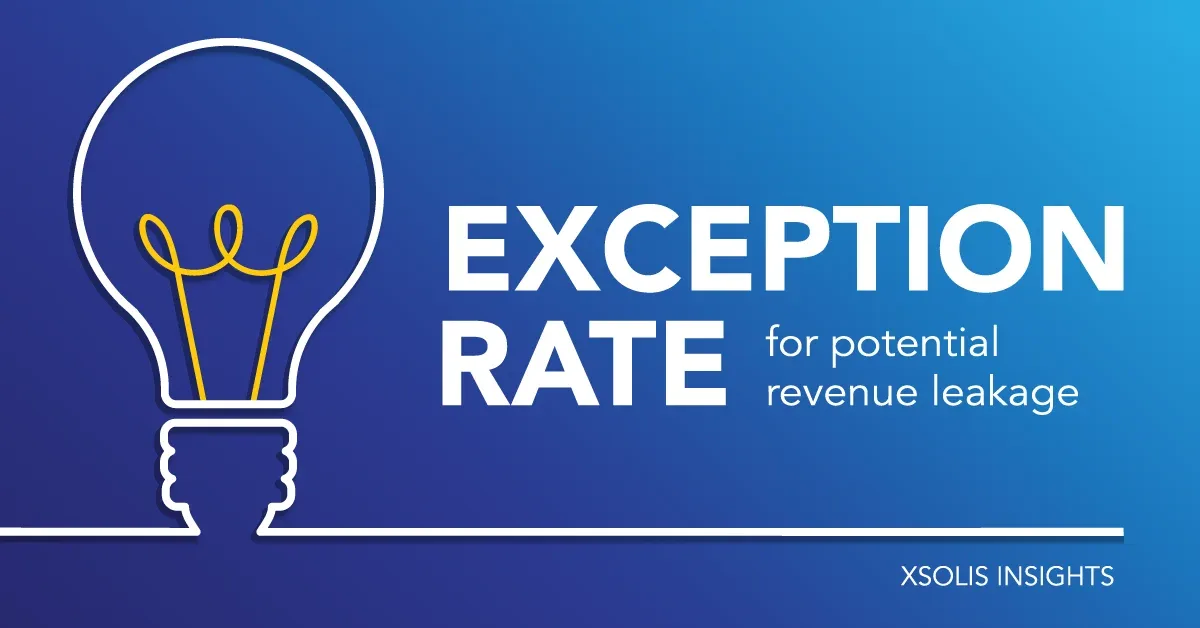Today’s care management executive or CFO typically has a full list of metrics at their disposal: from length of stay to observation rates to conversion rates and more. But as important as they are, there’s another metric that should be on your radar: Xsolis’ proprietary metric, the exception rate.
Xsolis offers hospitals the unique ability to monitor patient cases that meet a certain profile: they were discharged in Outpatient/OBS with a Care Level Score™ greater than 75 and with a length of stay greater than two midnights. We call this type of case an exception case and it means that revenue may have been left on the table.
The exception rate hinges on the Care Level Score (CLS), Xsolis’ analysis of medical necessity. The CLS, grounded in evidence-based medicine and supported by artificial intelligence, analyzes clinical and financial data from the electronic medical record in real time to assess a patient’s likelihood of inpatient status. The score ranges from 0-157 with scores greater than 75 indicating a higher likelihood of inpatient and scores lower than 75 indicating a lower likelihood. A key component of what CORTEX, now known as Dragonfly, offers hospitals, the CLS removes a large amount of data gathering for nurses and allows them to focus on the clinical picture of the patient.
What does the exception rate mean for leaders? It’s an invaluable metric for tracking potential missed conversion opportunities – ultimately, appropriate revenue that may have been lost. Since an exception case is reported when the CLS is above 75 with a greater than two day stay, if the exception rate trends up, this indicates possible revenue leakage, alerting hospital leaders to staff education opportunities, engagement lapses or potential payer dynamics that may be happening behind the scenes.
The exception rate also serves as a great audit tool. At the end of each month, a director might hand exception cases out to be reviewed prior to their monthly meeting, looking for trends among these cases among Location, Payer, Physician, Nurse, Diagnosis, Day of Admission or other contributing factor. Many directors that assess the exception rate can swiftly impact their appropriate outpatient to inpatient conversions.
When Michelle D. Allen, Director of Case Management at Springhill Medical Center, consults her monthly metrics, the exception rate is right at the top of the list. It proves invaluable in payer relations, especially by helping her identify trends or issues as they happen: “We definitely watch [exception cases] and get those back to our payers so we can have better conversations with them to figure out why we are having [increases]. And we are also able to trend them: we can see if there is one payer that had a big shift in a particular month, so we can troubleshoot and pinpoint where that goes.”
